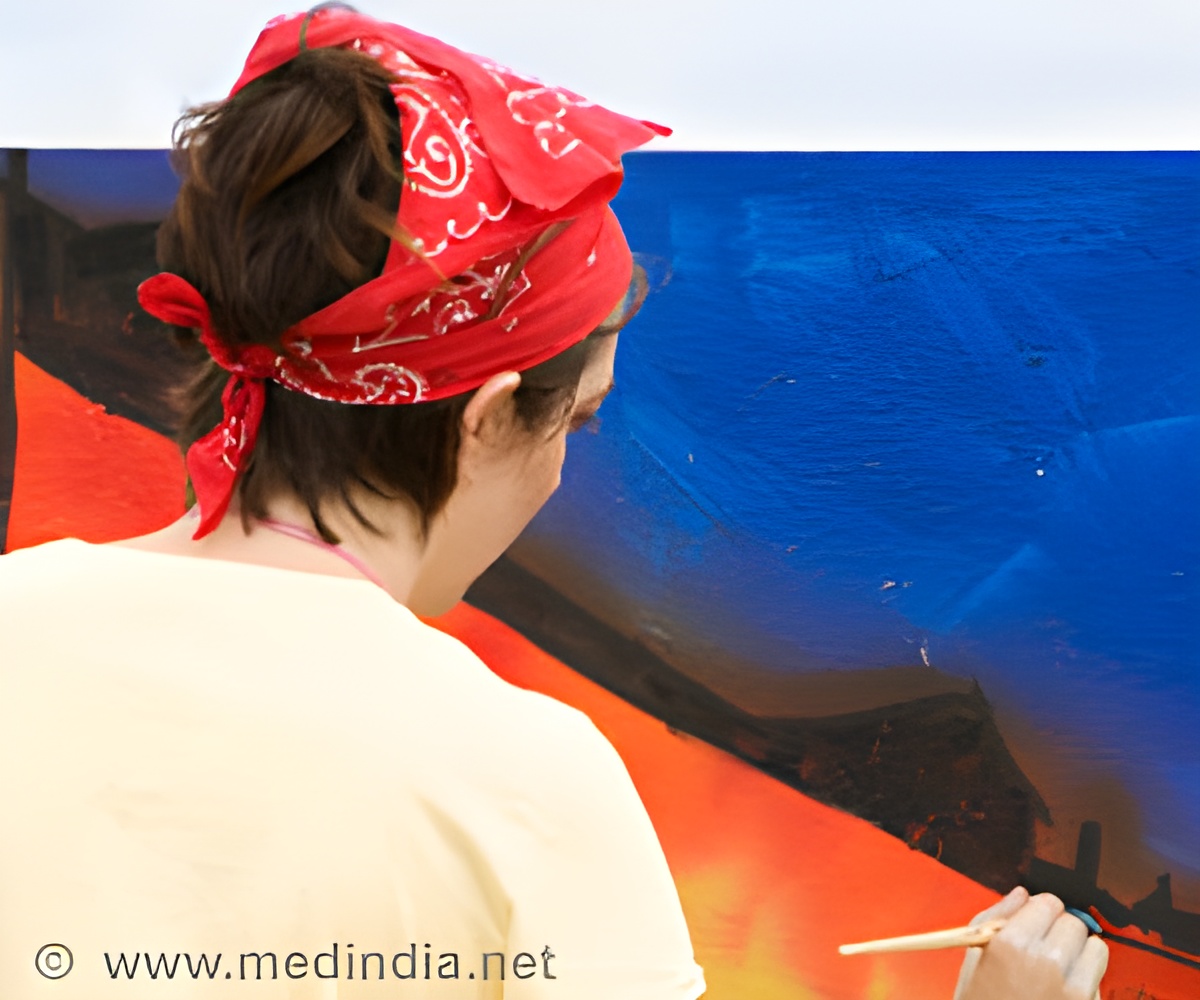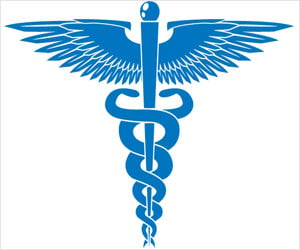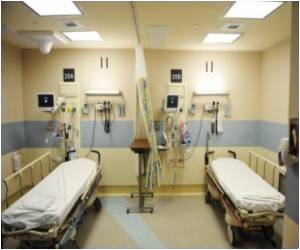Painting of a haunting vision of the war tearing his country apart was made by Syrian painter and dissident Youssef Abdelke, in which symbols and individuals are tortured in the war.

The 30 canvases, etched in the former detainee's minimalist style, are on display in Beirut's Tanit gallery, offering a searing glimpse into a war that has claimed more than 136,000 lives and driven millions from their homes.
"There is so much destruction and blood... we have to paint the human drama," Abdelke told AFP at the gallery, where his paintings will be displayed until March 8.
The war "weighs heavy on the ideas and feelings of every poet, painter and musician," added the white-haired artist in his early 60s.
Most of the works are in his trademark black-and-white, and were produced from the start of Syria's March 2011 uprising through 2013, when he was detained for a month for peaceful opposition to President Bashar a-Assad's embattled regime.
Among the most striking paintings are those portraying the mothers of "martyrs."
Advertisement
Another painting shows the empty stare of a mother carrying a picture of her dead son, her young daughter facing her with folded hands that convey grim resignation.
Advertisement
"The Martyr of Homs" is a giant, severed hand drenched in blood.
'Our revolution is stronger'
"This is what my country has become. Bloodied hands, severed heads, destruction," says a Damascene woman visiting the exhibition, her eyes welling up with tears.
Amid all the bleakness is an occasional reminder of the hope that ignited the uprising, which began in March 2011 as a series of peaceful protests against the Assad family's four-decade rule.
One painting shows a tiny butterfly perched on the edge of a knife, a metaphor for the fragility of the peaceful demonstrations, which gave way to an insurgency and then a civil war after the regime fired on protesters.
For Abdelke, "there are no frontiers" when painting war's devastation.
"When (Spanish artist Francisco) Goya painted the executions of the third of May, he was actually portraying executions that take place in all wars, everywhere in the world," and not just those that took place in the 1808 Spanish rebellion, said Abdelke.
"The more truthfully you paint, the more you move your viewers."
Abdelke's detention in the summer of 2013 sparked outrage among Syria's intellectuals and artists, but he calls it "just a small detail in this terrible tragedy."
The longtime communist had been detained before, in the 1970s, under Assad's father Hafez. He then moved to Paris for 25 years, only to return in 2005.
Not all Abdelke's subjects are anonymous.
One painting, entitled "Hamza, Layal and the Others" shows Hamza al-Khatib, a child brutally tortured to death by the security forces in Daraa province, cradle of the revolt.
Khatib and another child's body, wrapped in a shroud, are covered in flower petals.
Another painting shows Bassel Shehadeh, an iconic filmmaker and peaceful activist killed in an army offensive on Homs in 2012.
Next to Shehadeh's smiling face are a flower, a camera, an image of Che Guevara, and the words: "Our revolution is stronger."
Source-AFP










